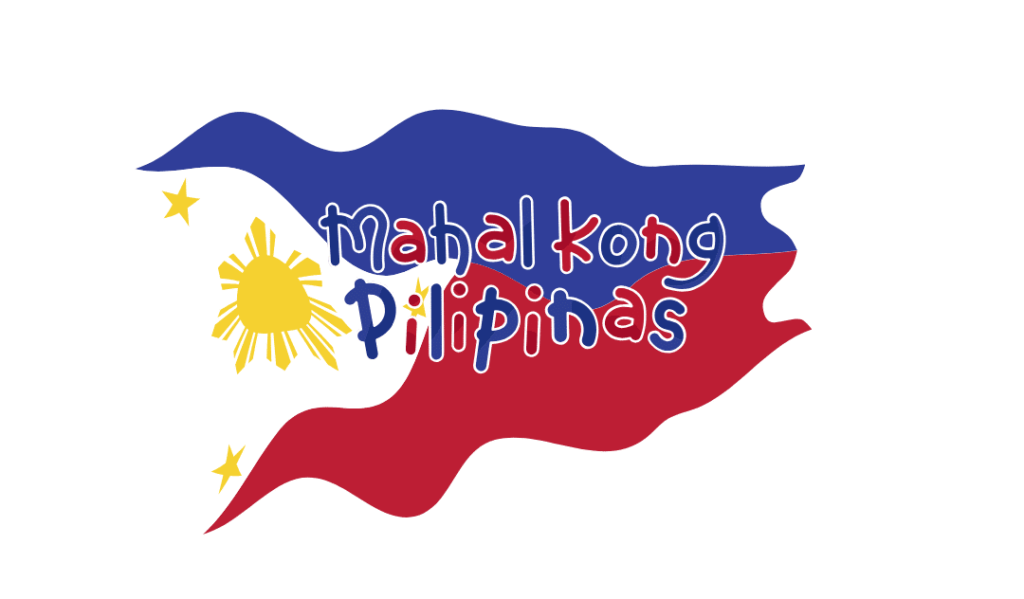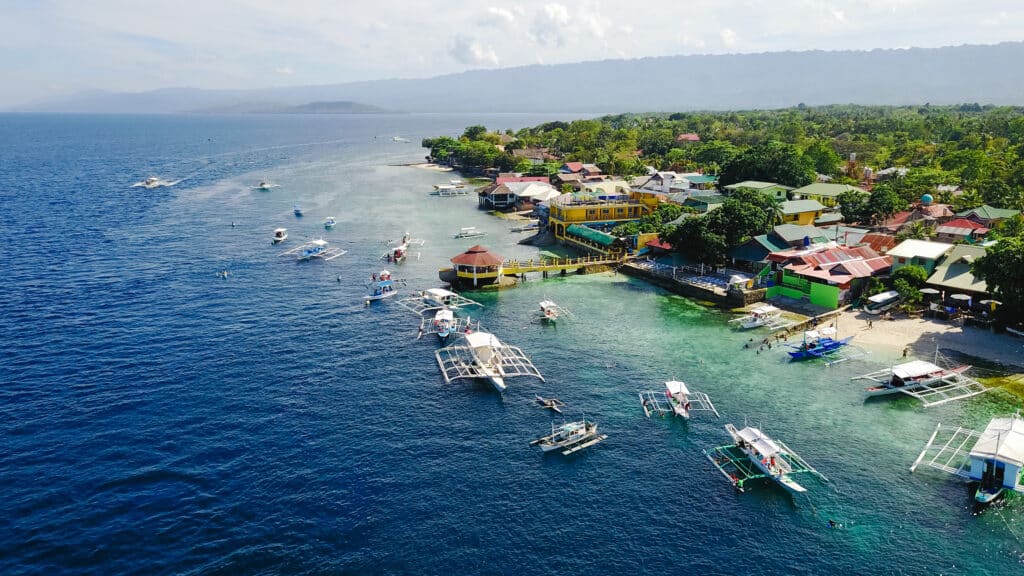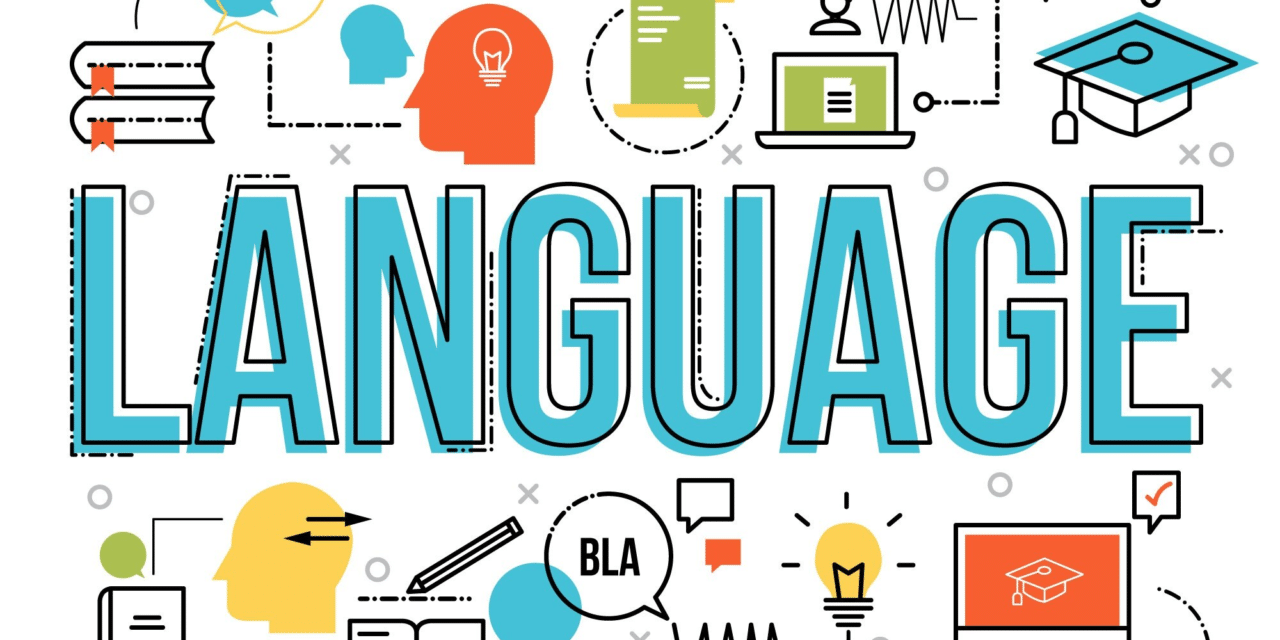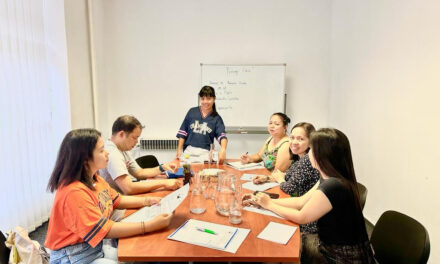PRAGUE – Did you know that the Philippines has between 170 to 175 languages spoken across the country? The two official languages are Filipino and English, while other major languages include Bisaya, Ilocano, Hiligaynon, Bicol, Waray, Kapampangan and many more.
The Philippines is geographically located in Southeast Asia and is composed of 7,641 islands, which explains its rich linguistic diversity.
Dialect vs. Language
A common misconception in the past was that the languages spoken in the Philippines were merely dialects; variations of a single language that remain mutually intelligible despite differences in pronunciation, vocabulary, and grammar. However, linguistic studies have shown that many of these so-called “dialects” are actually distinct languages.
In the Philippines, people often refer to languages like Bisaya or Ilocano as “dialects,” but linguists classify them as separate languages because they each have unique grammar, vocabulary, and linguistic structures. True dialects, on the other hand, are variations within these languages—such as the different Bisaya dialects spoken in Cebu, Bohol, and Mindanao.
If you know a Filipino—whether at work, school, or elsewhere—there’s a good chance they speak at least three languages: Tagalog, English, and their regional language. Many Overseas Filipino Workers (OFWs) here in the Czech Republic also learn additional languages such as Czech or German (Deutsch), bringing their total to four or five languages. But why is this the case?
Filipinos grow up in a multilingual environment where different languages are used in daily life, education, and social interactions. English is widely taught in schools, Filipino serves as the national lingua franca, and regional languages are spoken at home. For those working abroad, learning a new language becomes a necessity, making them naturally adaptable multilingual speakers.
Tagalog, the Philippine National Language
To unite the whole country after almost 400 years of Spanish colonization, a realization of a common language emerged in 1935. The development of a national language policy further shaped the linguistic landscape of the Philippines. In 1937, the Institute of National Language adopted a resolution recommending Tagalog as the basis for the national language. President Manuel L. Quezon, the second president of the Philippines issued an Executive Order No. 134 that same year, approving the adoption of Tagalog as the language of the Philippines.

RECOMMENDED READS:
- How to Protect Your Skin During the Cold Months: 5 Tips for Filipinos Living in the Czech Republic
- Going Home for the Holidays? We Gotchu, Your OFW Christmas Travel Checklist is Here!
- Not-So-Exotic, Totally Yummy 6 Filipino Dishes to Try
- The Philippines’ Tabo Culture
- AirAsia Expands Routes: Direct Flights from Manila to Istanbul via Kuala Lumpur Begin November 14
Other Influences
Colonialism
Centuries of Spanish and American colonization introduced new languages and integrated foreign vocabulary into native tongues. Chavacano is a regional language in the Philippines mainly used in Zamboanga that uses 90% of Spanish vocabulary. English is often used in schools and even in the government documents and offices.
Geographical Position
The Philippines, as an archipelago consisting of numerous islands, has communities that were historically separated from one another. Before the advent of modern transportation and communication systems, many of these island communities developed in relative isolation. This separation allowed distinct languages to emerge and evolve independently over time.

Evolution of the National Language
Today, most Filipinos are multilingual, often blending Tagalog and English in everyday conversation, a phenomenon known as “Taglish.” This multilingualism reflects both practical necessity and cultural identity. Regional languages continue to serve as vital markers of cultural heritage and local identity, while proficiency in Filipino fosters national unity and facilitates communication across ethnolinguistic groups. Meanwhile, English proficiency enables Filipinos to engage in global business, education, and media, further expanding opportunities on the international stage.
The fact that Filipinos speak many languages is not merely a historical accident but reflects the complex interplay of geography, history, and cultural identity that has shaped the nation.
What languages do you speak? Let us know in the comments.








